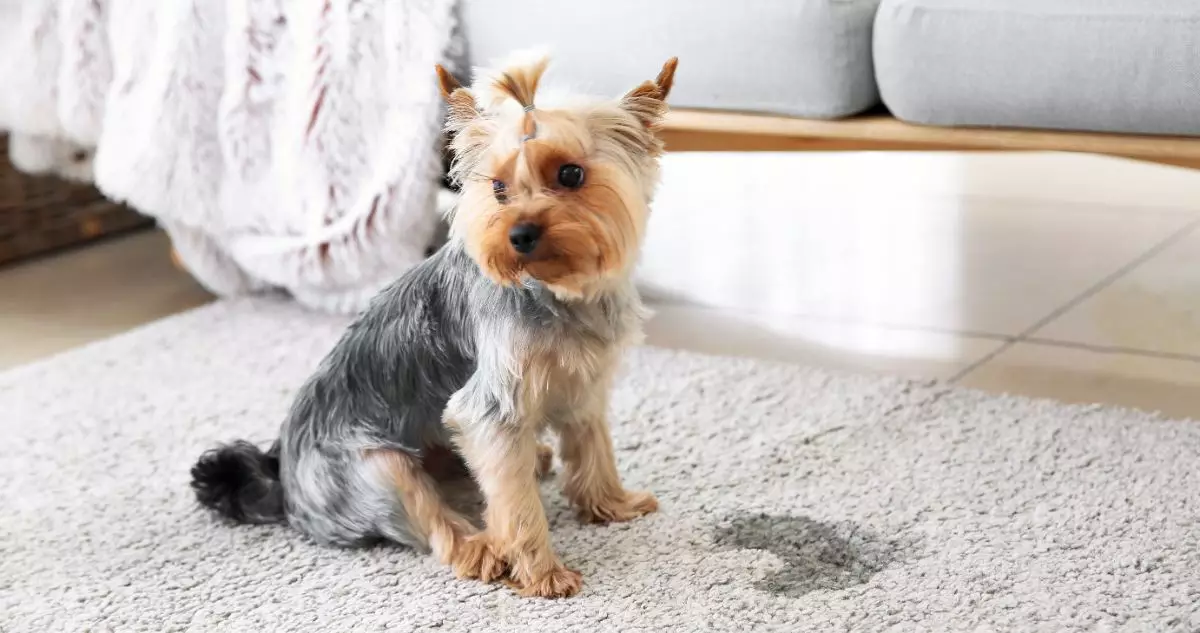When a beloved dog begins urinating in unusual places, such as the kitchen or even in their own sleeping area, it can lead to significant distress for their owners. Beyond the immediate inconvenience of soiled bedding, there may be deeper, underlying issues that warrant attention. This article will explore the potential medical and behavioral causes of this troubling behavior, offer insights into how to address it, and provide guidance on fostering a healthier relationship with your pet.
Before considering behavioral explanations, it is crucial to rule out medical problems. Several health conditions can contribute to inappropriate urination, with urinary tract infections (UTIs) being one of the most common. A dog suffering from a UTI may struggle to control their bladder, resulting in urine being released in unexpected areas. Accompanying symptoms might include straining while urinating, a frequent need to urinate with minimal output, or even the presence of blood in the urine.
If your dog is displaying any of these signs, a visit to the veterinarian is essential. Diagnostic tests, such as a urinalysis and imaging studies, will help determine whether urinary obstruction or urolithiasis (the presence of urinary stones) are present. These conditions can escalate quickly and pose severe health risks if left untreated, making prompt veterinary intervention very important.
Additionally, urinary incontinence is another medical issue that can affect dogs, particularly as they age or after spaying. Unlike urination issues stemming from infections, incontinence involves the involuntary leakage of urine. If your dog is leaking rather than urinating purposefully, it is important to communicate these observations to your veterinarian, as they can provide various medical options to manage the condition effectively.
Urinary problems can also arise from congenital defects—abnormalities that an animal is born with. Such conditions might not be evident until the dog reaches maturity. If your dog is young and persistently eliminates inappropriately despite initial training efforts and medical checks, further examination may be warranted. Advanced imaging techniques can help identify anatomical abnormalities in the bladder or urethra that may require surgical intervention.
Surgical correction can drastically improve the quality of life for dogs suffering from congenital defects, and it is worth exploring after ruling out other medical causes.
Once medical reasons have been investigated and addressed, a behavioral assessment is the next vital step. Poor house training is a common issue, particularly in dogs that have spent time in shelters or previously lived in less stable environments. Additionally, some dogs may develop marking behaviors as a response to stress, anxiety, or territorial instincts.
It is reassuring to know that with diligence, most behavioral problems can be corrected. To successfully reintroduce proper house training, consistency is critical. Establish a rigorous schedule for outdoor bathroom breaks, and ensure that your dog is crated or closely monitored when inside. If your dog begins to urinate inappropriately, gently interrupt the behavior and guide them to the outside.
Rewarding your dog immediately after they eliminate in the correct spot reinforces positive behaviors. This method helps your dog understand the link between going outside and receiving praise or treats. Remember to remain patient; house training can take time, particularly if ingrained habits exist.
Addressing urination problems not only improves your dog’s behavior but also serves to strengthen the bond between you and your pet. It is vital to avoid punitive measures in response to accidents; negative experiences may lead to an increase in anxiety and confusion for your dog. Instead, focus on positive reinforcement and redirecting undesirable behavior.
Ultimately, the expectations you set for your dog, whether they stem from medical concerns or behavioral challenges, will play a pivotal role in fostering a positive relationship. By being thoroughly knowledgeable about potential causes and employing a consistent approach to training, you can instill good habits in your canine companion. With patience and understanding, both you and your dog can lead a more harmonious life, filled with joy and mutual trust.

